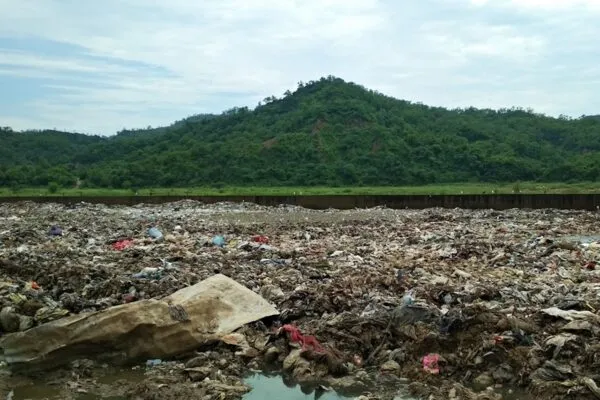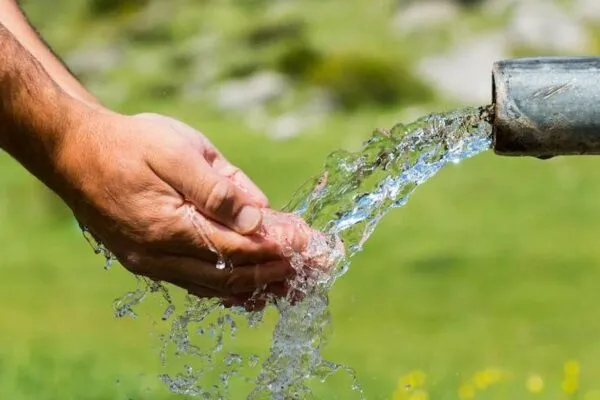Water Turns Poisonous in Nawalparasi District of Nepal
Country's serious problem of arsenic groundwater contamination is leading to the relentless fight against this grievous issue haunting the populace
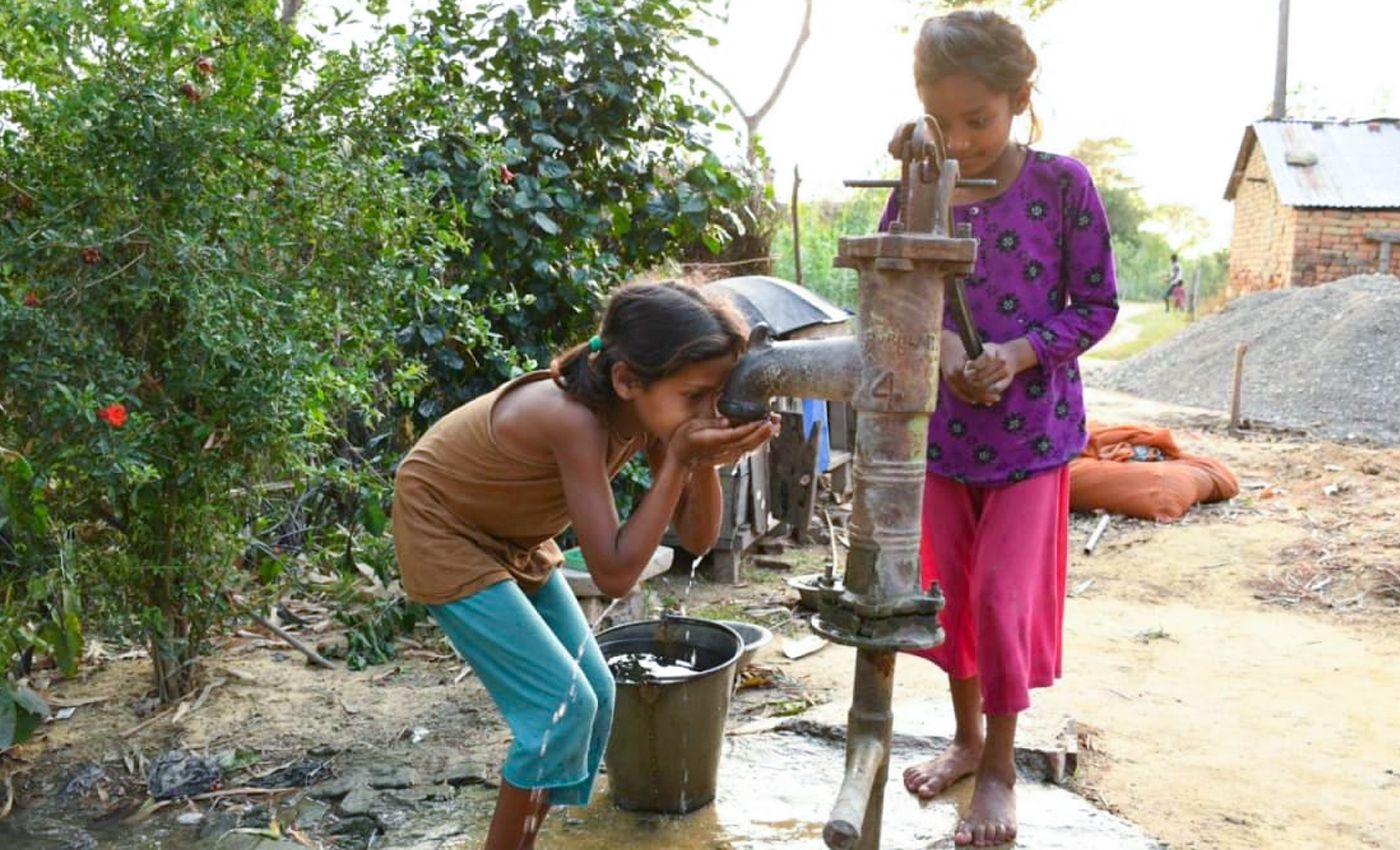
Image: Makhan Maharjan
‘Water, water everywhere and not a drop to drink’ – coined by the celebrated poet Samuel Taylor Coleridge for his poem, The Rime of the Ancient Mariner. It has been more than 200 years since the folk ballad got published but today the aforementioned line seems to hold more significance than ever. The backdrop for this analogy is Nepal this time around. The country might be small, but the problem it is facing is pretty grave and pressing.
We have all heard and read of groundwater pollution but Nawalparasi district in Nepal is facing the dire consequences of the problem. The Land of Truth is witnessing a grave threat from arsenic contamination that’s more severe in the Terai region. The worst being near Nawalparasi District, where 26 percent of shallow wells failed to meet the World Health Organization (WHO) standard of 10 contaminant parts per billion (ppb).
A study by Japan International Cooperation Agency in the Kathmandu Valley reveals that 72 percent of deep wells failed to meet the WHO standard, and things get even worse as 12 percent failed to meet the Nepali standard of 50 ppb.
Dr. Makhan Maharjan, who is the program director of the non-profit organization Health and Environment Development, Nepal, and has spent more than 20 years working on arsenic-related projects in the area, told Planet Custodian;
In arsenic-affected lowland Nepal, groundwater is extracted through handpump or deep boring. River water is already polluted and dug well water is not used for consumption due to microbial contamination.
The Problem
It’s neither a story we are breaking, nor is it something you’ve never heard of. The environmental crisis has been haunting Nepal for years now, yet very less work has been done to counter the problem. Matthew Mohan, a senior journalist from Channel News Asia recently visited the country and penned an article uncovering the scars of Arsenic poisoning in Nepal.
Matthew spent time in Nepal to understand the current situation in the Nawalparasi district, what needs to change, and whether there is any hope for the future. The reporter met Ramprasad Yadap, who has been battling arsenicosis for nearly twenty years now.
Ramprasad was 40 when the symptoms began to emerge. It all started with skin problems and slowly turned into a chronic illness resulting from prolonged consumption of high levels of arsenic, Matthew reports. In the following years, Ramprasad was eventually diagnosed with arsenicosis, resulting in gangrene in a limb, which had to be amputated thrice.
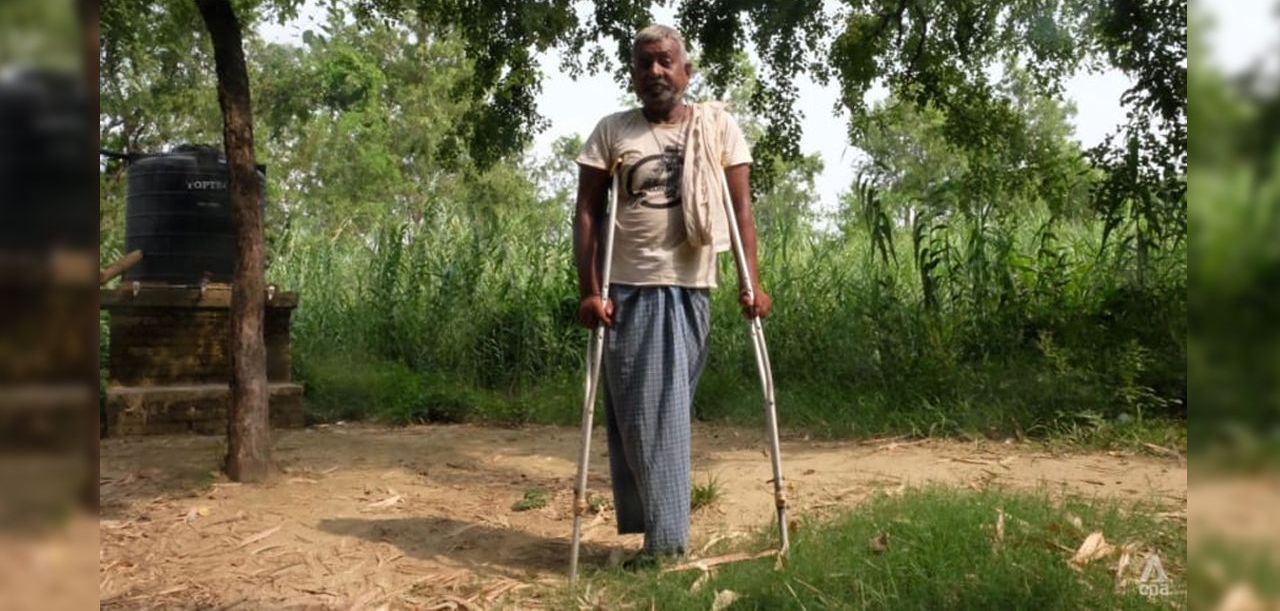
Image: Matthew Mohan
The story of Ramprasad may sound stirring but he is not the only one who had to bear the brunt of arsenic contamination. News 18 reported one million deaths in the past 25 years in India because of arsenic intake. Another story by The Guardian in 2016 revealed about 43,000 deaths in Bangladesh from arsenic poisoning. Figures will keep on getting worse but what’s disappointing is the fact that not much has been done to counter the problem that’s wreaking havoc in the Indian subcontinent region.
Dr. Makhan Maharjan further told Planet Custodian, that arsenic is a naturally occurring element in Nepal. But why is there so much concentration of the element in this particular belt? To clarify this, he said;
The sediments deposited by Himalayan Rivers thousands of years ago are thought to be the source of arsenic in groundwater in the Terai region of Nepal. The problem has been neglected by authorities for a long time. Arsenic-induced health effects from drinking water being chronic, both people and government are not serious in its mitigation.
The Research
After researching arsenic concentration in Nepal for two decades, Dr. Makhan drew conclusions that the chemical element can be highly concentrated in one place, but it could be absent 10 meters away from there. It all depends on the geology of the region. Unfortunately, around half of Nepal’s total population lives in the region with high arsenic concentrations.
What’s more shocking is that 90 percent of the population relies on groundwater as their major source of drinking water. So presumably, the water they are drinking is a slow poison that would cause numerous health issues later.
The biggest problem seems to be the ignorance and lack of awareness, especially in the older generation. Matthew met a young school-going student named Sandip Yadav who told him that his parents were not fully convinced that they needed a bio-sand filter for their tube well to tackle the arsenic problem.
The only reason why they were ignorant of the grave issue was the price of the filter, which would cost two weeks’ wages for his father who is a mason. Despite the early resistance, Sandip managed to convince his family and brought home a bio-sand filter, thanks to his head teacher, who played a crucial role in helping the ward.
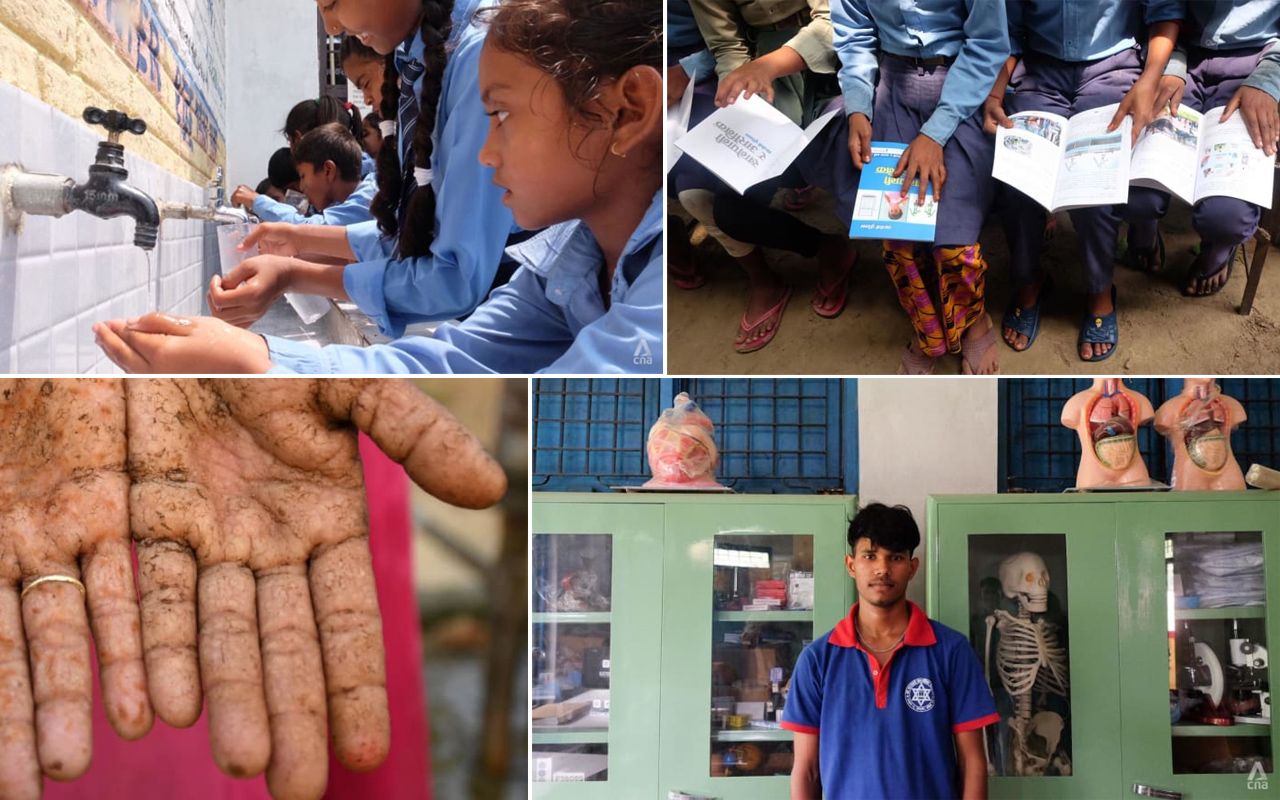
Image: Makhan Maharjan/ Matthew Mohan
The Fightback
Dr. Makhan said that to protect locals from health damage, safe water must be provided, and awareness of both the problem and solution is imperative. In Nepal, every household majorly relies on a hand pump for meeting water requirements, from washing utensils to irrigation. This is how arsenic roots itself from one household to another. Nevertheless, there’s a fightback going on against arsenic contamination and people are getting more informed.
Strait Times reported that there were several, mostly arsenic-free wells that were mainly used in the Terai. However, the open wells had a wide diameter, exposing the water to the air and allowing iron in the water to be oxidized. This would have led to arsenic present in the water being adsorbed on the iron oxide precipitates, lowering the concentration of arsenic in the groundwater.
What looked like a good plan fell flat because the water came into contact with the external environment, leading to more contamination and resulting in many waterborne diseases. The problem is still grave in the Nawalparasi area where people have been drawing water from shallow aquifers, or rock formations underground, through the use of hand pumps.
NTU’s Helping Hand
Recently a team from Nanyang Technological University (NTU) in Singapore provided a helping hand to the authorities to provide a solution. Dr. Makhan has been working with scientists from NTU’s Nanyang Environment and Water Research Institute (Newri) to install water filtration systems at the schools in Nepal to save future generations from drinking unhealthy water.
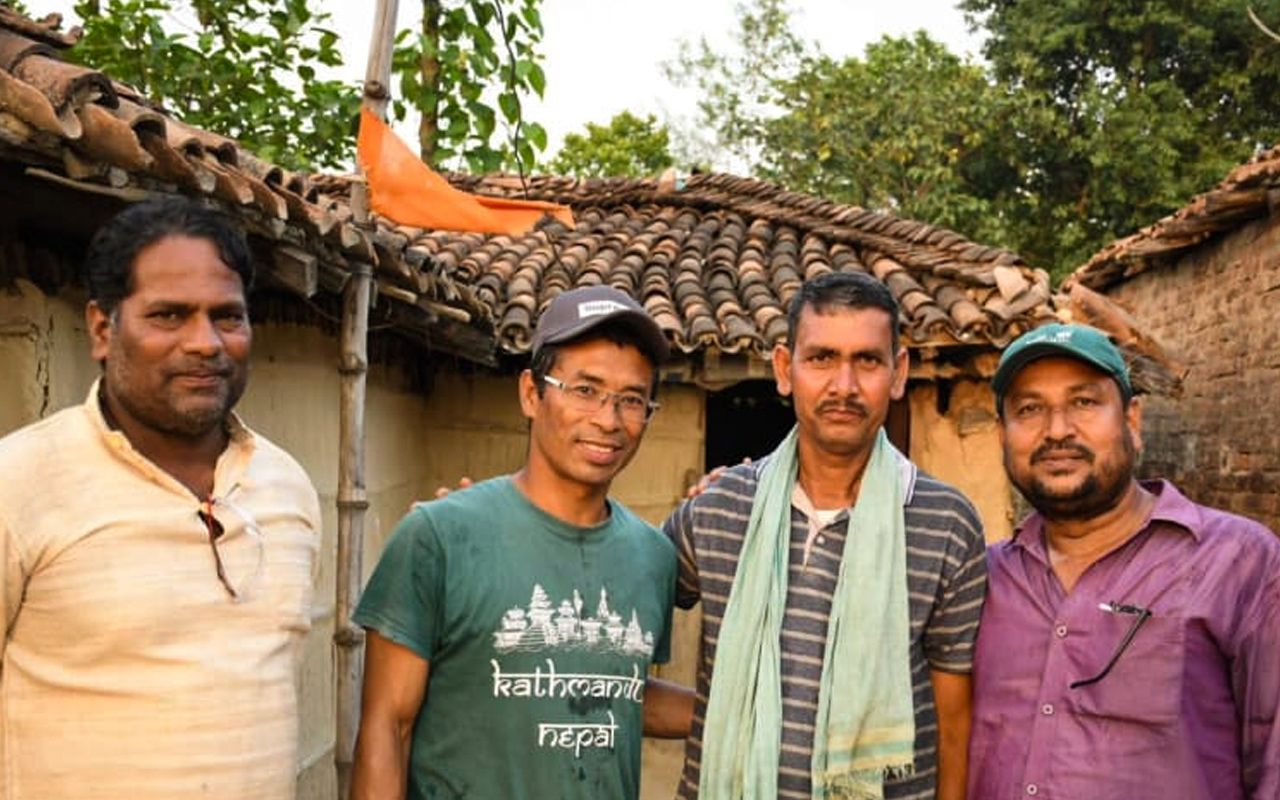
Image: Makhan Maharjan
The report by Strait Times mentions how lab tests revealed that each liter of water extracted from the hand pump had 0.1mg of arsenic before the filtration system was installed in schools. NTU, with local help from Dr. Makhan, successfully installed a large arsenic removal bio-sand filter in two secondary schools. Afterward, it was observed that the filtered water had an arsenic content of 0.01 mg per liter which is considered good by drinking standards. The filter would benefit more than 600 students, teachers, and non-teaching staff at the school.
Whatever might be the case, arsenic contamination is still rampant in the country and more strict actions need to be taken to counter the problem. Ramprasad has four children, all of them suffered from arsenic poisoning in the past, and now have access to clean water. However, the old man is still worried about the future of his kids and hopes for a time when everyone has access to arsenic-free and clean drinking water.
Dr. Makhan thanked Planet Custodian for raising the issue and concluded, ” The government and relevant stakeholders need to provide long-term arsenic safe water solution to the people living in arsenic affected areas. Local capacity building and education are important for people’s behavioral change.”
